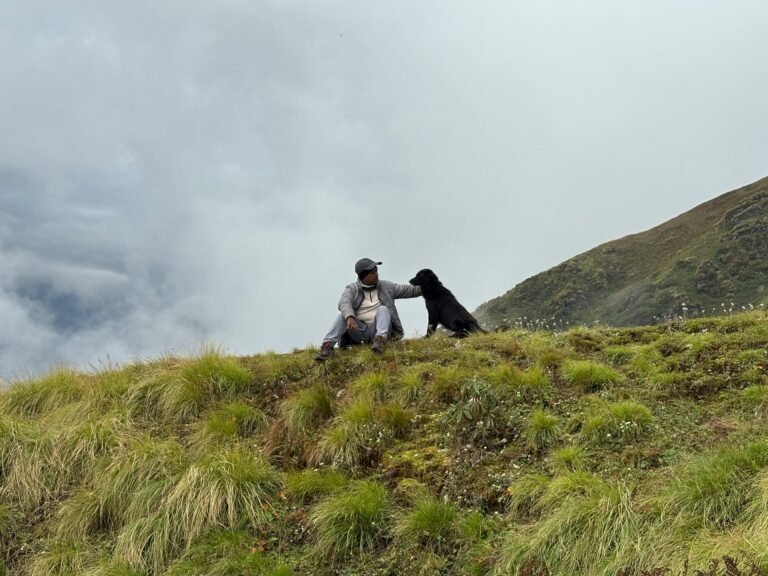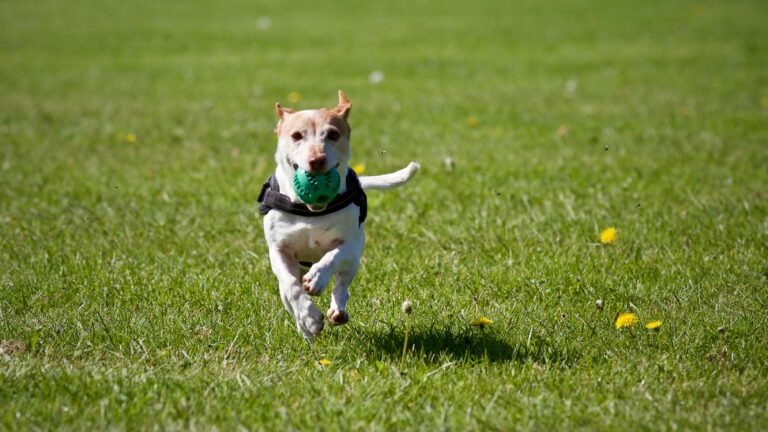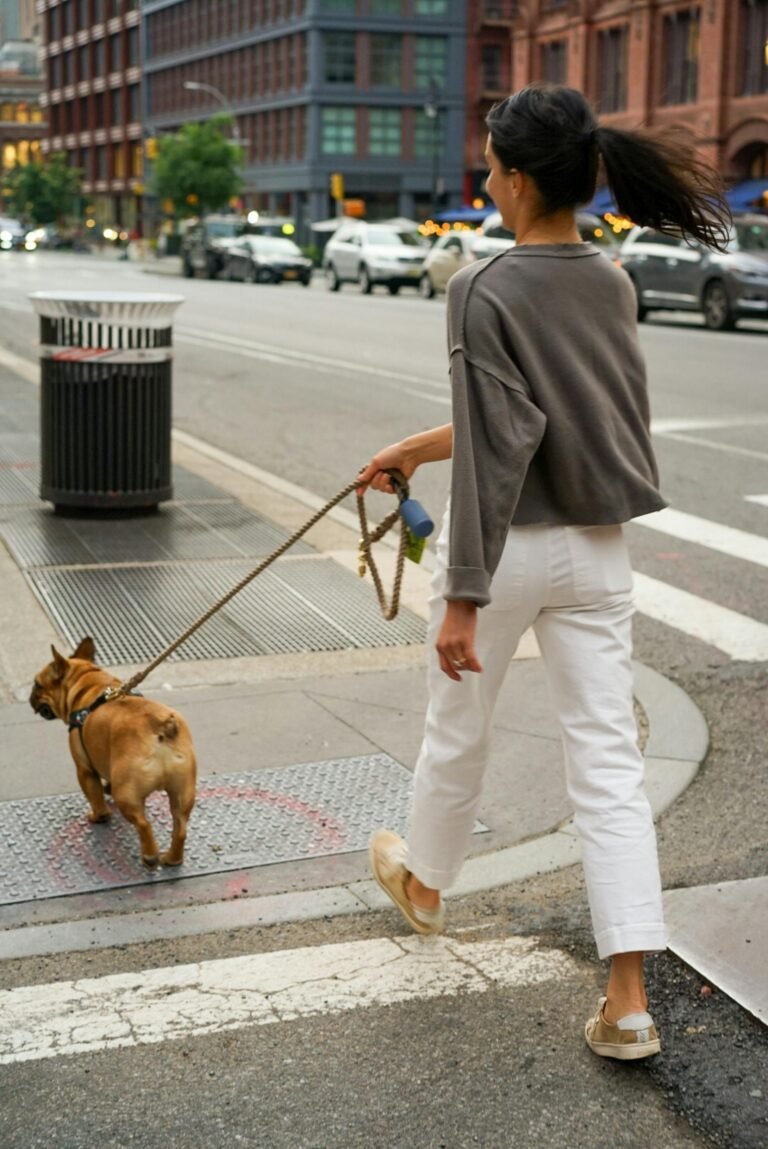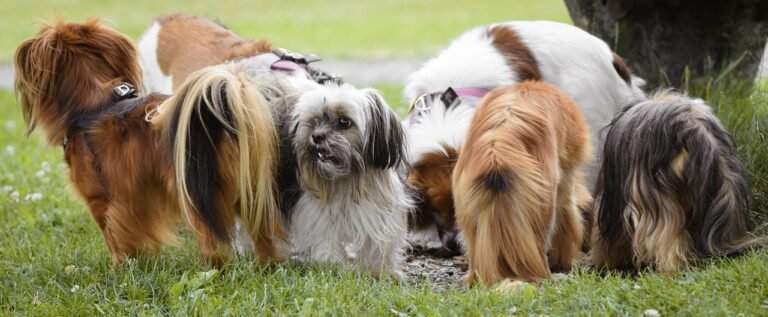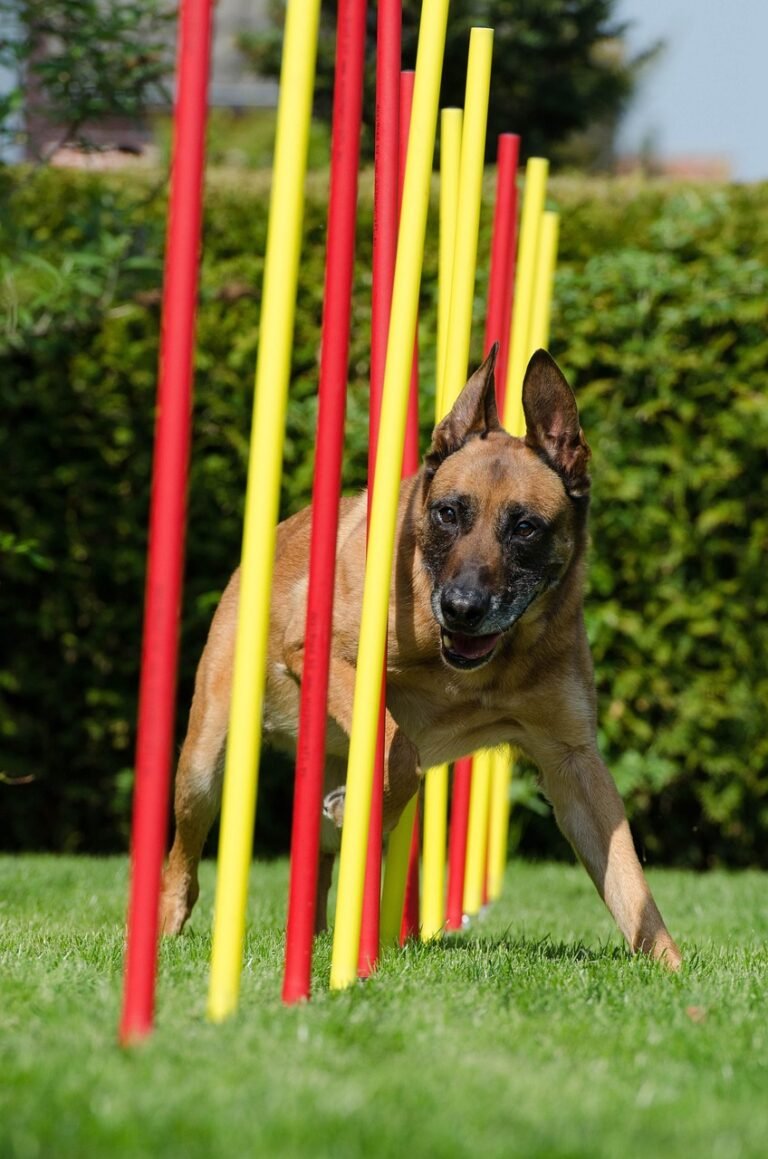Tail Wagging with Full Body Enthusiasm
One of the most prominent indicators of a dog’s affection is the manner in which they wag their tail. While a simple tail wag might suggest happiness, a full-body wagging is a much clearer demonstration of love and devotion. When a dog greets you with a tail that seems to vibrate with energy, accompanied by a lively and expressive body posture, it often signifies an overwhelming excitement to see you. This enthusiastic movement communicates a sense of joy and connection that runs deeper than mere pleasure.
The act of tail wagging in dogs can be nuanced. A full-body wag typically involves not just the tail, but also other parts of the dog’s body. For instance, you may observe that their hips sway from side to side, and their head bobs with eager anticipation. Such behavior can be understood as an emotional response characterized by trust and affection towards their owner. In contrast, a stale or stiff wag may not carry the same emotional weight, rather suggesting stress or discomfort.
Furthermore, this unique form of canine communication varies among individual dogs, often influenced by their breed and personality traits. The context in which wagging occurs is also essential; for example, the excitement of a reunion after a long day at work can provoke a much more animated response than a casual greeting. By paying attention to these subtle distinctions, pet owners can better understand their dog’s emotional state and discern the depths of their affection. A full-body wag serves as a beacon of warmth, signaling a genuine bond between a dog and its owner, rooted in love and loyalty.
The Power of Eye Contact
Eye contact serves as a critical form of communication between dogs and their owners. It is one of the most effective ways dogs express their affection, trust, and emotional connection. When a dog gazes into the eyes of its owner, it often signifies a deep bond, indicating that the animal feels safe and secure in its environment. This behavior is not only a reflection of affection but also a form of non-verbal communication that plays a significant role in strengthening the relationship between a pet and its owner.
Research has shown that when dogs engage in prolonged eye contact with their humans, both parties experience physiological changes. For instance, oxytocin, often referred to as the “love hormone,” is released in both dogs and humans during these moments of connection. This hormone fosters feelings of attachment and bonding, thereby enhancing the emotional tie between the dog and its owner. The act of making eye contact is often met with mutual reciprocation; owners may find themselves gazing back at their dogs, amplifying the feelings of love and trust that accompany this simple gesture.
It is noteworthy to consider the context in which eye contact occurs. While some dogs may naturally look into their owners’ eyes, others may need encouragement, especially if they have not been socialized to do so. Training exercises that promote eye contact, such as using treats or toys, can help reinforce this behavior and nurture the bond between a dog and its human. Through these interactions, dogs can learn to associate eye contact with positive experiences, further enhancing their capacity to express love and trust through this intimate form of communication.
Following You Around: A Sign of Love
One of the most endearing behaviors exhibited by dogs is their tendency to follow their owners closely. This habit often transcends mere curiosity; it is a significant indicator of a dog’s affection and loyalty. When a dog chooses to stay close to its owner, it is an expression of trust and a desire for companionship. This behavior can be traced back to their instincts as pack animals, where remaining near one another ensures safety and reinforces social bonds.
Dogs are highly social creatures, and their need for interaction is deeply ingrained. Following their owners around can be considered a clear sign of emotional dependence, reflecting how much they value their relationship with humans. In the canine world, physical proximity has profound implications; it showcases their commitment to the bond they share. By staying near their owners, dogs not only seek comfort but also convey their affection, reinforcing the idea that they perceive their owner as a central figure in their life.
This following behavior can also be tied to a dog’s psychological state. Many dogs feel secure when close to their owners, alleviating feelings of anxiety or loneliness. In essence, a dog’s desire to be near its human can be linked to a form of attachment that mirrors the bond found in human relationships. The more emotionally dependent a dog becomes on its owner, the more pronounced this behavior will be. Therefore, when you notice your dog consistently trailing behind you or staying close even when you move, it is likely a manifestation of love and loyalty, solidifying the unique bond between you.
Doggy Kisses: The Importance of Licking
The act of licking is a behavior often observed in dogs, serving as a significant indicator of their affection towards their human companions. This behavior resembles the act of giving kisses, making it a prominent way for dogs to express their love and attachment. When a dog licks, it may be often interpreted as an invitation to interact or engage, reflecting a desire for closeness and bonding with their owner.
Dogs lick for various reasons, and these contexts can provide valuable insights into their emotions. For instance, during moments of play, a dog may lick excitedly as a way to share joy and energy with its human. This playful licking can be seen as an extension of the affection they feel, acting almost like a celebratory gesture. Similarly, when a dog approaches a human seeking comfort or reassurance, licking becomes a soothing action, both for the dog and the person receiving the affection. This behavior is not only a source of physical stimulation for the dog but also reinforces the emotional connection between the animal and its owner.
Moreover, licking can serve different purposes beyond just expression of love. Puppies, for example, lick their mother’s face as a way to solicit care and attention. In adult dogs, this behavior can signify respect and submission, demonstrating their loyalty and devotion to their humans. By understanding this context, humans can interpret these licks as sincere displays of care, acknowledging the bond that exists between them and their furry friends.
In summary, doggy kisses through licking play an essential role in establishing and nurturing the affectionate relationship between dogs and their human companions. Recognizing these signs can enhance the communication and understanding of love in your relationship with your dog.
Sleeping Near You: A Sign of Safety
The choice of a dog to sleep near its owner holds significant meaning, representing not only comfort but also a profound bond of love and trust. Dogs are inherently pack animals, and their instinct often drives them to seek closeness with those they consider family. By lying close to their human companions, dogs demonstrate a desire for safety and security, creating a shared space that fosters mutual affection.
When a dog opts to sleep near you, it is an indication of their reliance on your presence for emotional and physical security. This behavior reinforces the notion that they view you as their protector, someone they trust in their environment. Dogs experience a sense of warmth and comfort when they are close to their owners, as it alleviates feelings of anxiety they might face when alone. This instinctual drive to be close provides reassurance not just to the dog but to the owner, reinforcing the bonds of companionship.
Furthermore, sleeping in proximity allows dogs to feel a sense of belonging, essential for their wellbeing. When dogs cuddle up close, it indicates a relationship built on love and loyalty, as they often seek out positions that maximize their connection with you. From gentle nudges to snuggling against your leg, these small yet meaningful gestures express their affection and desire to stay connected.
In essence, the act of sleeping near you signifies more than physical closeness; it illustrates an emotional connection that demonstrates love and trust. Understanding this behavior further emphasizes the bond between humans and dogs, highlighting the significance of companionship and shared experiences. Thus, seeing your dog choose to sleep by your side is a clear affirmation of their love and a reflection of the deep-seated instinct to protect and be protected.
Bringing You ‘Gifts’: A Unique Expression of Love
One of the most endearing behaviors exhibited by dogs is their tendency to bring their owners ‘gifts’. This behavior can manifest in various forms, ranging from favorite toys to random items found during their explorations. Such actions are not merely coincidental; they represent a fundamental element of a dog’s instinctual behavior and emotional bonding with their owners.
From an instinctual standpoint, dogs are pack animals that thrive on social connections. When your dog brings you a ‘gift’, it is often an instinctive expression of sharing. In the wild, canines engage in similar behaviors, presenting food or other items to pack members as a way of reinforcing social bonds and promoting unity within the group. Therefore, when your pet presents you with a stick or a toy, they may not be simply seeking your approval but instead are extending an element of their world to you. The act signifies trust and companionship, suggesting they view you not just as a caregiver but also as a pack member.
Moreover, this ‘gift-giving’ behavior can also be interpreted as a dog’s way of showing appreciation. Dogs have an innate ability to recognize affection and care provided by their owners. In return, their gesture of bringing gifts can be seen as an emotional response, signifying their gratitude and love. This unique form of expression can deepen the bond between you and your canine companion, enhancing mutual understanding and connection.
In conclusion, the act of dogs bringing gifts is a heartwarming behavior that signifies affection and care. Understanding this unique expression is crucial in recognizing the love your dog holds for you, further strengthening your relationship. This shared experience enriches the human-canine bond and fosters a sense of belonging and loyalty within the pet-owner dynamic.
Excited Greetings: The Joy of Reunion
One of the most heartwarming indicators of a dog’s affection is their enthusiastic greeting whenever you return home. This exuberant display of excitement is often characterized by jumping, wiggling, and various vocalizations that clearly demonstrate their joy at your presence. Such behaviors serve as visible cues of love and happiness, reflecting the strong bond that dogs form with their owners.
When you walk through the door, a typical dog may greet you with an excited wagging tail, a playful bounce, and possibly even a series of joyful barks or whines. This enthusiastic reception is not merely a response to your return; rather, it symbolizes a profound emotional connection. Expert observations indicate that dogs perceive their owners as integral members of their social structure, and their ecstatic greetings indicate a desire to reinforce that bond.
From a psychological standpoint, these excited greetings can be understood through the lens of attachment theory. Dogs exhibit behaviors reminiscent of infantile attachment to their caregivers, suggesting that they recognize the significance of your return as a reinforcement of security and comfort. The happiness expressed upon reunion can also be linked to the release of oxytocin, often dubbed the “love hormone,” which promotes feelings of attachment and affection between dogs and their humans.
Moreover, these moments of joyful reunion foster mutual feelings of love and are instrumental in strengthening the emotional ties between you and your dog. The exuberance displayed in such greetings is a powerful reminder of the loyalty and companionship that dogs provide. Each excited reunion is not only a celebration of separation being overcome, but also a reinforcement of the loving relationship that continues to thrive. Such joyful displays are crucial indicators of how deeply your dog loves you and seeks to connect with you in meaningful ways.
